T4K3.news
Heavy rain in Kashmir leaves 46 dead and 200 missing
In Kishtwar district a cloudburst triggered floods during a pilgrimage stop killing 46 and leaving more than 200 people unaccounted for.
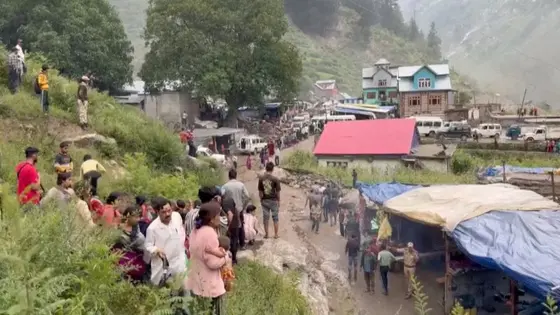
A cloudburst in the Himalayan region kills dozens and leaves hundreds unaccounted for, testing rescue networks near a pilgrimage route.
Heavy rain in Kashmir leaves 46 dead and more than 200 missing
A cloudburst swept through Chasoti town in Kishtwar district on Thursday around 11 30 am local time. Officials say the floods washed away a community kitchen and a security post set up on the Machail Mata pilgrimage route, leaving many pilgrims at a lunch stop stranded. The incident follows another disaster in Uttarakhand last week that affected mountain communities.
Rescue teams from the army and air force were deployed, and local authorities said search and rescue operations are underway as weather conditions complicate the mission. The Indian Meteorological Department defines a cloudburst as a sudden downpour of more than 100 mm in an hour, and the Srinagar weather office warned of further heavy showers and possible mudslides in the region.
Key Takeaways
"Army and air force teams have also been activated"
Spoken by Ramesh Kumar on scene
"The news is grim and verified information from the area hit by the cloudburst is slow in arriving"
Omar Abdullah Jammu Kashmir chief minister on X
"The Machail yatra is a popular pilgrimage and these weather events threaten it"
Article notes on the impact on pilgrims
The quick shift from pilgrimage calm to crisis shows how disaster risk in the Himalayas is shaped by terrain and weather. When roads end at towns like Chasoti, people rely on fragile infrastructure and narrow windows for rescue. The episode echoes a broader pattern of climate driven extreme events that strain local budgets and response capacity.
Policy makers face a tough test how to improve warning systems marshal rapid response teams and communicate clearly with communities in rugged areas. The looming question is whether relief funding and infrastructure maintenance can keep pace with the rising intensity of storms in this part of the world.
Highlights
- When rain hits like this the hills tell no mercy
- Disaster response must outpace a fast moving storm
- Information on the ground shapes the speed of rescue
- Exposed communities deserve swift aid
Disaster exposes political and budget pressures
The event tests local emergency budgets and government response while political leaders face scrutiny for preparedness and relief efficiency.
Continued weather monitoring will shape the next steps in relief and rebuilding.
Enjoyed this? Let your friends know!
Related News
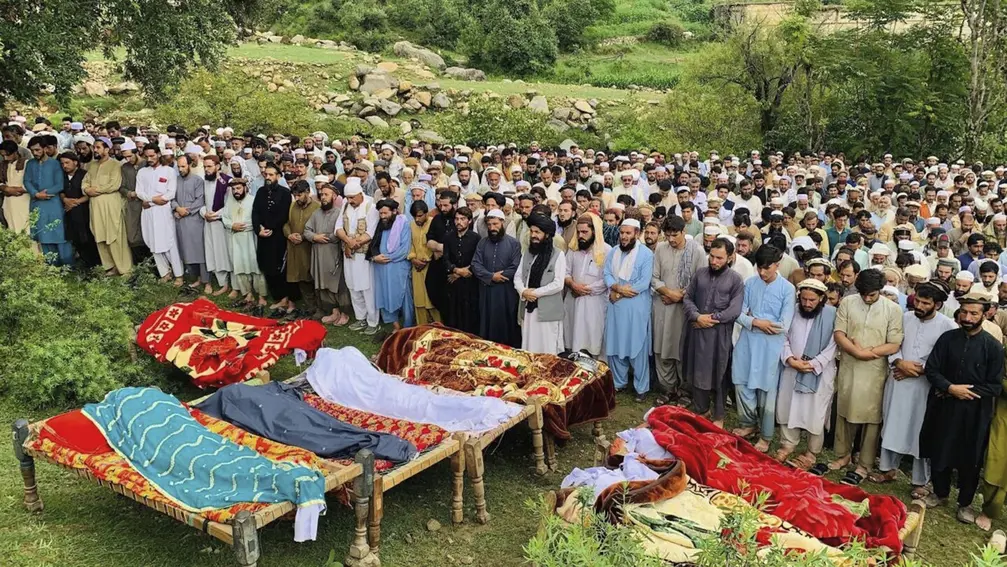
Floods kill over 200 in India Pakistan

Kashmir flash floods kill at least 56
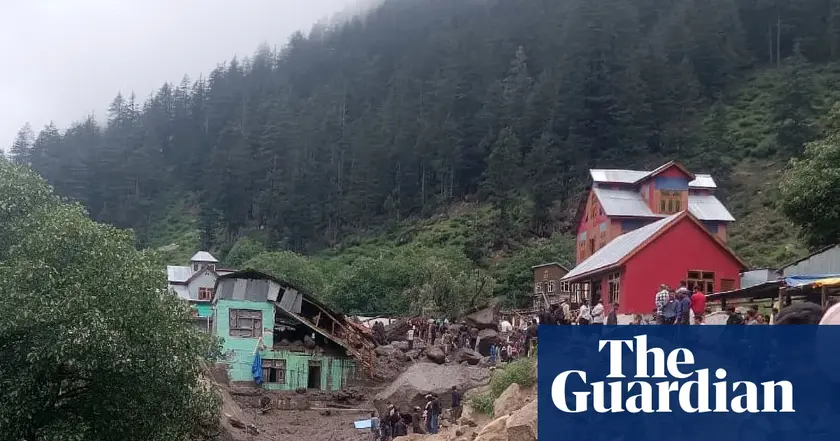
Flash flood in Indian Kashmir
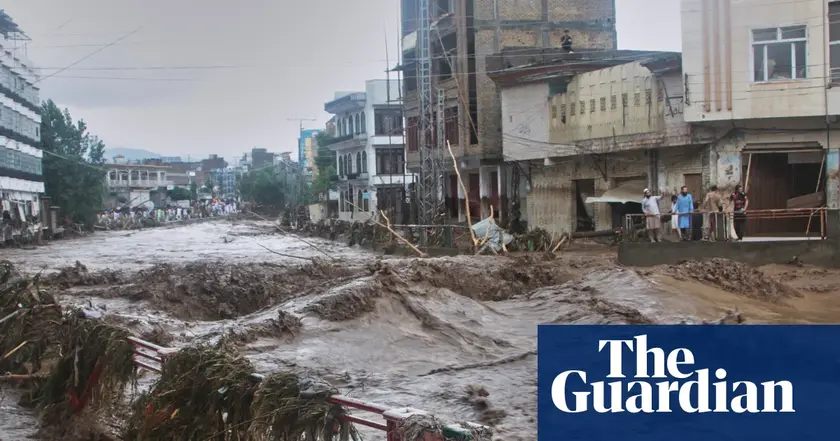
Flash floods update
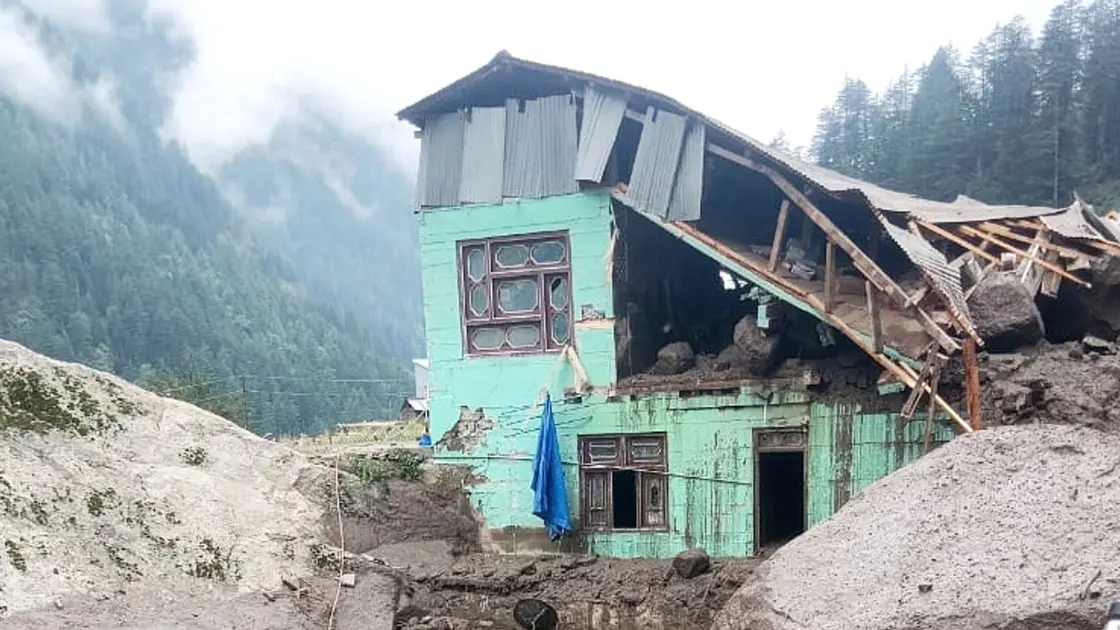
Rescue efforts continue after Kashmir floods claim 56 lives
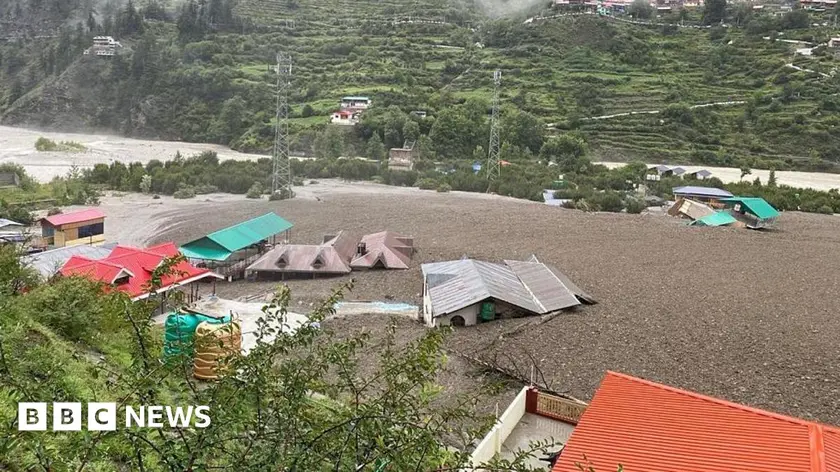
Uttarakhand floods update
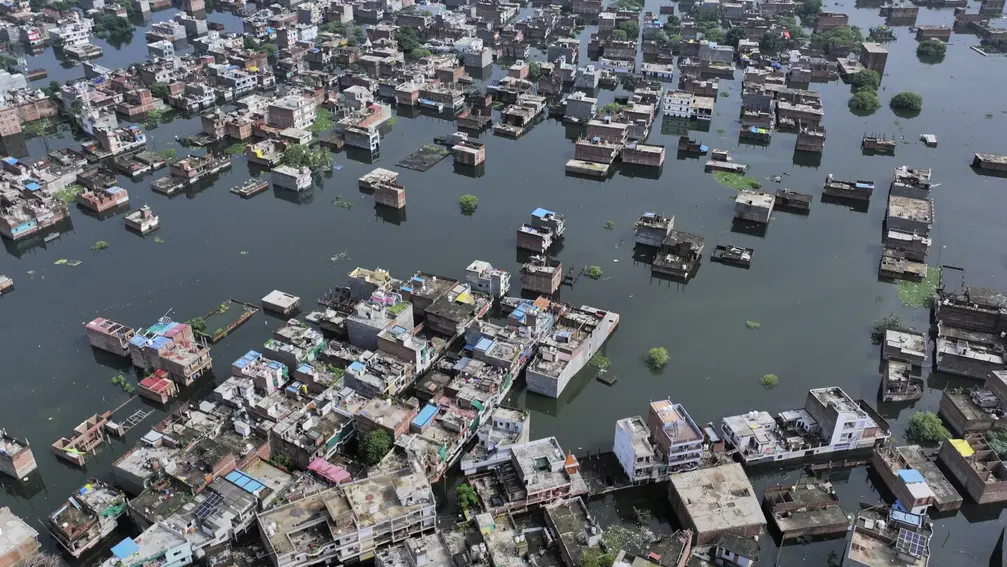
Flash floods kill at least 4 in northern India

PlayStation Store gamescom Promotion now live
